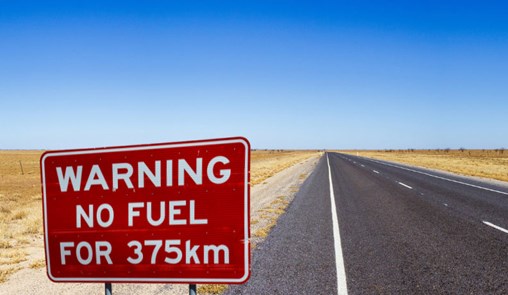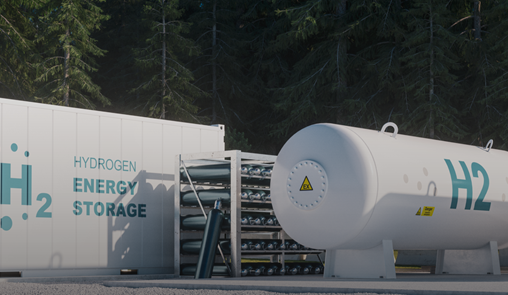Australia experienced a surge in green energy interest, investment, and feasibility following the election of the current Australian Government and the decision to join the Paris Agreement with a commitment to net zero by 2050. The shift to fully renewable energy appeared inevitable.
However, transitioning to green energy is proving to be complex, expensive, and capital-intensive, especially amid a slowing global economy. Feasibility studies now report alarming capital and operational costs, raising doubts about projected returns on investment. International investors are favouring projects in regions with lower costs and more streamlined regulatory environments, such as the United States, which offers significant incentives through its Inflation Reduction Act (IRA) and a more flexible approach to low-carbon and blue energy options.
Australia is at a pivotal moment in its energy transition journey. Developers, investors, and energy companies must make strategic, informed decisions to protect their investments and foster sustainable value. This may lead to a pragmatic shift away from purely green energy projects toward more balanced investments in lower-carbon options that deliver returns and provide a foundation for reinvestment in future transition phases. Incremental, evidence-based changes may lack dramatic appeal but offer a more sustainable path forward in the long run.
In this article, Managing Partner Daniel Moulis and guest author Christopher Hewitt, senior energy and infrastructure executive, lay out the key trade and regulatory challenges and opportunities for Australian and international businesses navigating the next phase of the energy transition.
Energy – out with the bad, now out with the good
The energy transition is critical for Australia - not only to meet its net zero commitments but also to safeguard its role as a key player in the global economy. As an export-driven country, Australia must transform its commodities, supply chains, and regulatory landscape to remain competitive in international energy trade.
Energy (coal, oil and gas), minerals (iron ore, gold and non-ferrous metals) and agribusiness (unprocessed and processed meats and grains) dominate Australia’s exports (2024). Australia is a net exporter of high-carbon energy, which cannot be maintained. Over 50% of Australia’s exports are actually energy, all from fossil fuels. Australia must replace these with low carbon fuels before the world stops buying the high carbon stuff, or GDP will take a very big hit.
Thus, for Australia and Australians the energy transition is not just an environmental necessity, it is an economic imperative. For prosperity through 2050 and beyond, Australia must identify and develop new, exportable, low-carbon energy sources.
A successful energy transition will support a new economy driven by sustainable, low-carbon energy that meets the demands of existing and future trading partners. But navigating Australia’s energy sector is challenging due to the complex legal landscape. Different investment, approval, and compliance regimes operate across states, territories, and at the national level. Energy developers and investors face a web of policies, laws, and regulations that often create delays, increase costs, and heighten uncertainty. Final investment decisions are further complicated by the unclear commercial, legal, and financial implications of this multifaceted regulatory environment.
Is hydrogen the answer?
The Australian Government has introduced policies to stimulate investment in a new hydrogen economy, most notably through the recently updated National Hydrogen Strategy released in September 2024. To remind, hydrogen atoms can be released by splitting-up water molecules… easy to do, except that hydrogen is pretty intense stuff.[1] The strategy aims to position Australia as a global leader in clean hydrogen production, usage, and export by 2030.
Key elements of the updated strategy include:
- investment incentives and funding - financial incentives, grants, and tax benefits to support hydrogen projects by both domestic and international investors
- regulatory reform - streamlining approval processes and reducing regulatory barriers to accelerate project development and reduce costs associated with compliance
- technology development and innovation - support for research, development, and deployment of cutting-edge hydrogen technologies to enhance efficiency and cost-effectiveness
- infrastructure and supply chain development - strategic investments in hydrogen production hubs, export terminals, and integrated supply chains to enable large-scale domestic and export markets
- international collaboration and trade agreements - strengthening international partnerships and trade agreements to secure market access for Australian hydrogen exports
Law has to keep up
These initiatives are designed to foster a robust hydrogen industry. Success will depend not only on the ability of developers and investors to navigate the complex web of policies and regulations that accompany these opportunities, but also on laws that will allow and facilitate the desired outcomes. It’s not just a case of throwing money at electrolysis.
For example, Moulis Legal recently developed a comprehensive guide for the ACT Government outlining the legal and regulatory requirements for establishing a hydrogen industry in the Australian capital and facilitating the use of the gas. The recommendations of the Moulis Legal/ITP report, A.C.T. LAW ft. HYDROGEN that have been adopted by the ACT Government, or which are actively moving forward at the national level, are explained in the table at the end of this newsletter.
Investment decisions must be underpinned by a deep understanding of the relevant laws and regulations, from advisors who have practical and professional experience. The challenge is heightened by Australia’s electoral short-termism, which frequently ushers in new politicians with new ideas about the regulatory regimes needed for energy projects, trading, and operations. For instance, the new NSW Government has implemented significant changes in energy, infrastructure, and sustainability over the past year, and if the existing Queensland Government is voted-out at the upcoming election then new priorities and regulations for energy and infrastructure projects are likely.
Our advisory services in ISE
Moulis Legal is well-equipped to provide leadership and trusted advice to clients navigating energy development, investment, and projects in Australia. We have extensive experience advising on complex energy projects, soon to be enhanced even further. Recognizing the growing importance of infrastructure, sustainability and energy to the success of our clients, we are unifying our skills in these areas into a new project group, to be headed-up by an experienced new team member. Watch this space.
Fig 1 - Moulis Legal/ITP A.C.T. Law ft. HYDROGEN recommendations adopted by ACT Government and/or actively moving forward at national level
[1] See Part D, A.C.T. LAW ft HYDROGEN - A review of gas laws and legal frameworks for Canberra’s uptake of hydrogen energy
This memo presents an overview and commentary of the subject matter. It is not provided in the context of a solicitor-client relationship and no duty of care is assumed or accepted. It does not constitute legal advice.








